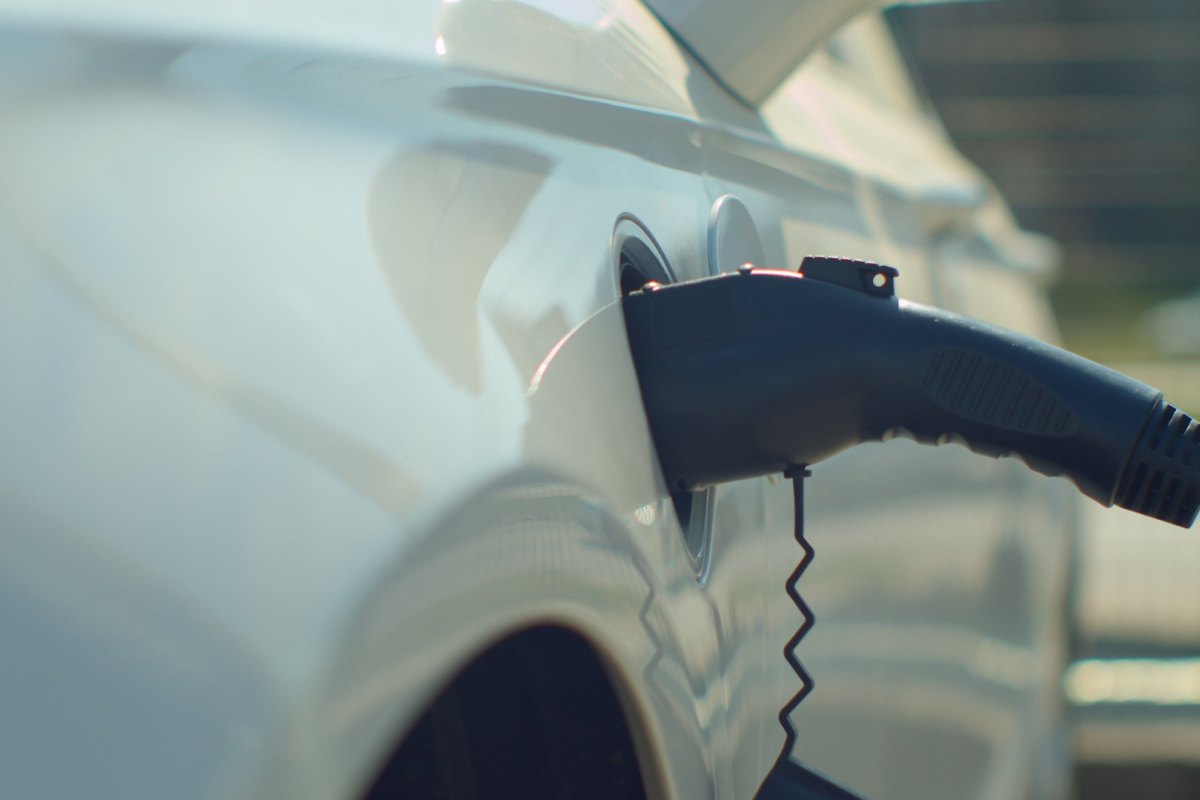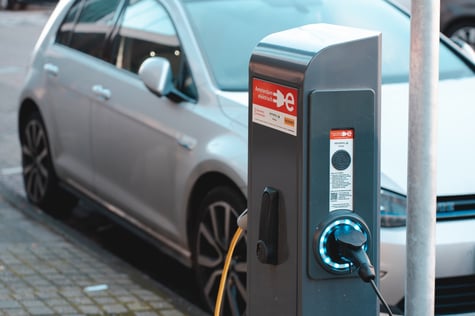In the modern goal of automotive electrification, driving range and charging efficiency is a challenge faced by passenger and medium-sized vehicle fleets alike. As a solution, charging infrastructure is being developed at a promising rate, but still has room for further innovation.
Fast-charging for electric vehicles (EVs) is an answer to the hurdle of charging efficiency and range, minimising the time spent idle that could otherwise be on the road. That said, it brings with it a range of intricacies that can be optimised via wireless communications, directly resulting in smart-charging; wireless communications over a network that can prepare EV batteries for charging in order to maximise driving time.
But what are the intricacies involved in EV smart charging, and how can wireless connectivity not only support fast-charging, but improve the overall efficiency and driving range of EVs as a whole?
What are the intricacies of EV smart charging?
The lithium-ion batteries found in most modern EVs have a range of hidden intricacies during the fast-charging process. Firstly, a single car will have a number of separate battery packs that make up the total power source, each with a varying state of charge (SoC). SoC refers to the level of remaining charge each pack has, and needs to be equalised between all of them before charging in order to maximise charging speed; this is referred to as SoC preconditioning.
Secondly, battery temperature has a significant influence over charging efficiency. When the temperature is too low, internal resistance rises which prolongs the overall charging time and also poses safety risks tied to lithium plating. Because of this, most lithium-ion batteries cannot be charged below 0°C. Conversely, when the temperature is too high, the rate of internal side reactions is accelerated and leads to thermal runaway. For fast-charging, it is vital to keep the battery temperature within optimal levels before the charging cycle begins with a dedicated heating device.
How does wireless connectivity support EV smart charging?
Vehicle-to-everything (V2X) communications represents EV connectivity to a wide range of services, information and technologies. They operate via self-sufficient WLAN networks between vehicles on either a DSRC (dedicated short range communication) or cellular based technology, otherwise known as C-V2X. Both these technologies utilise the 5.9 GHz frequency band, with the former operating via dedicated access points throughout a route, and the latter using cellular networks for coverage. The result is a network of vehicles that communicate with each other to extend the range of specific infrastructure and connect to intelligent transport systems (ITS).
One of the features of ITS is the ability to communicate with dedicated fast-charging stations. It enables EVs to locate charging stations on a route, precondition and heat their battery in preparation for charging, and even reserve a specific charging point ahead of arrival. Tesla has incorporated this V2X technology into their EVs, automating the preconditioning and heating process of their batteries via their dedicated Trip Planner. This allows users to pre-plan their route via fast-charging stations to realise the benefits of wireless connectivity with charging infrastructure.
What are the benefits of smart charging?
Charge efficiency
A clear benefit of wireless connectivity paired with fast-charging infrastructure is improved charging efficiency. Drivers can minimise the time spent charging by battery preconditioning and heating, as well as reserving charging stations to avoid idle time. Additionally, V2G (vehicle-to-grid) connectivity also allows drivers to return excess charge back to the grid. This helps avoid unnecessary charging in situations where drivers leave their car for extended periods.
Driving range and route optimisation
Having a dedicated wireless infrastructure between EVs and charging stations helps improve driving range and overall route optimisation. Access to charging station locations along a route in real-time equips drivers with the ability to pre-plan and optimise their journey. Moreover, it also has the potential for additional information such as how busy stations are or if certain charging points are out of order, providing real-time adaptability for EVs.
Bring widespread connectivity and charging efficiency to your automotive design
Wireless technologies work in unison with the advanced technologies of modern EVs to create a symbiotic driving experience. With the ability to communicate with charging stations and have real-time locational information, drivers can limit the time spent charging and maximise the time spent on the road; all thanks to individual antenna technologies that are integrated into EVs.
No matter if you are looking for cellular, DSRC, or other wireless integration for your EV, Antenova has a range of high-performing antenna solutions to suit any design. Each of our products exhibits impressive efficiency and connectivity without compromising on other features that are important to your design requirements. To find out more about how Antenova can bring reliable connectivity to your automotive design, contact a member of our team today or use our dedicated Integration Hub.




